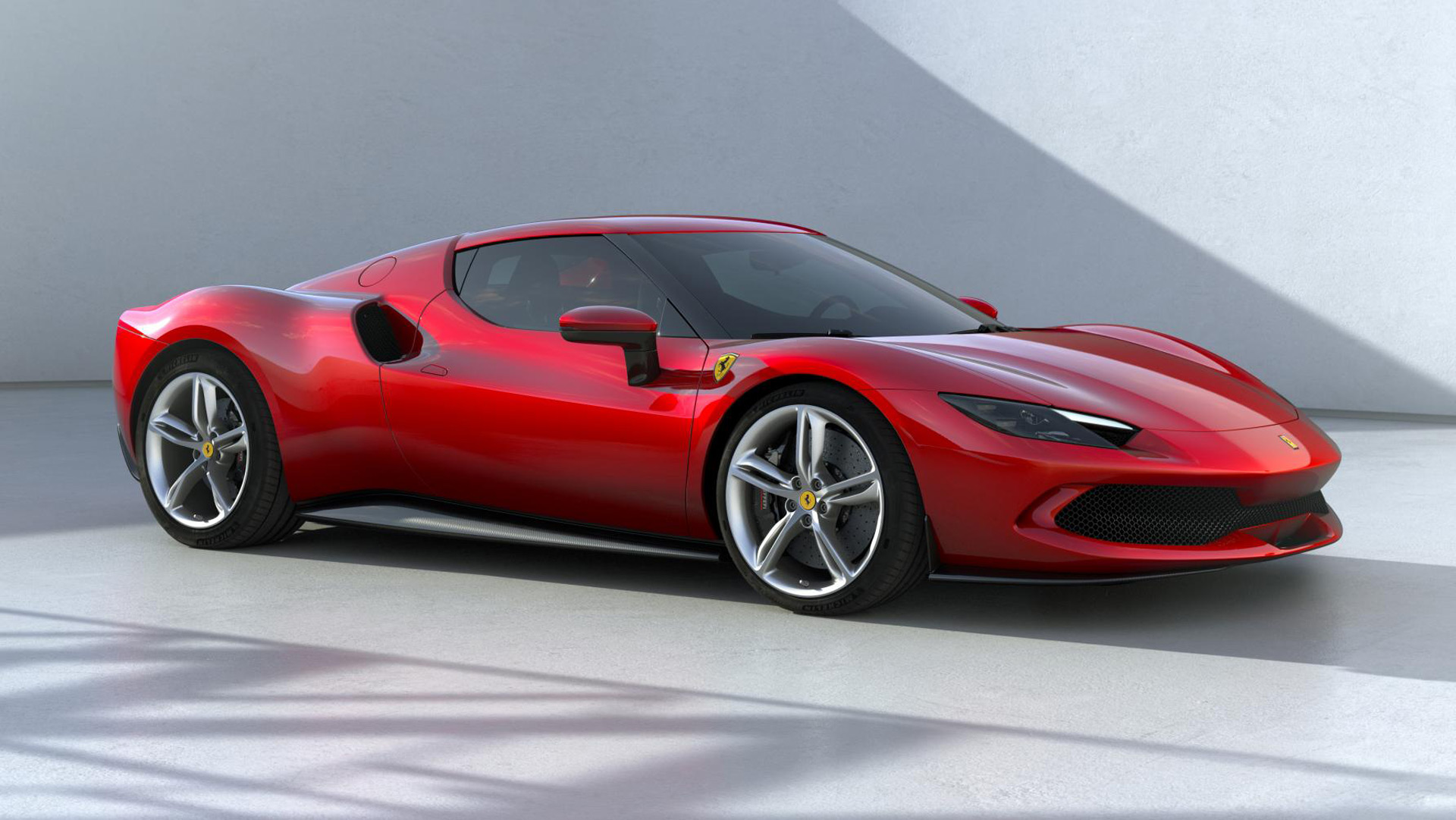In the last several years, used car sales have been growing at an impressive rate, due in large part to the easy access to cheap money that’s available for first-time buyers and those looking to upgrade their ride. Having a new car in good condition is now a very attractive option – and the used car market is still very active, with more than 7 million used cars sold in the U.S. in 2006.
The used car market has been growing in part because of the general malaise in the used-new-car market. As a result of the global economic slowdown and the more than $1.8 trillion U.S. housing bubble, more of the major car manufacturers have been out of the business of selling new cars. Not only has the number of new cars sold been declining, but when the recession did hit, buy here pay here in montclair many of the new car markets saw a sharp drop in sales. And with the new car markets in turmoil, the used car market has been booming – but mostly for owners who are trading in their old cars.

So what’s the difference between a used car, a certified pre-owned car, and a certified pre-owned car?
The Certified Pre-Owned (CPO) market, which is also known as the Pre-Owned Vehicle (POA) market, represents the widest range of used cars for sale – including new-car shoppers, those who just want a cheap car, buyers with a new model in mind, and even folks who are trading in their current car (so long as it meets certain requirements).
In fact, more than half of all cars that are sold are certified pre-owned. Certified pre-owned cars have been selected for their quality and brand-new-car-like look and feel. Typically, buy here pay here in montclair the cars are inspected twice a year, so they’re ready when you are. And certified pre-owned cars that are less than three years old receive 40,000 miles per year of coverage.
All certified pre-owned cars undergo a lengthy inspection by an independent certified mechanic, who ensures that all the mechanical systems are in good working order. Using a computer program that allows him to see the car’s history, including outstanding repairs and service records, the inspector will also evaluate the vehicle’s exterior and interior, including its condition, and will check the vehicle’s tires, rims, brakes, and suspension.
